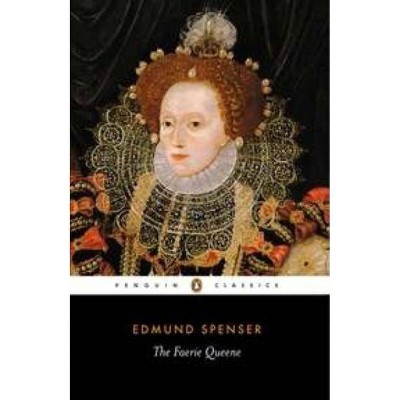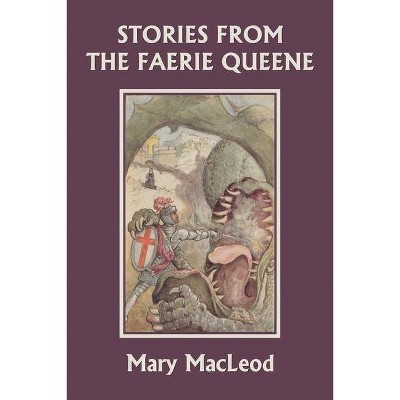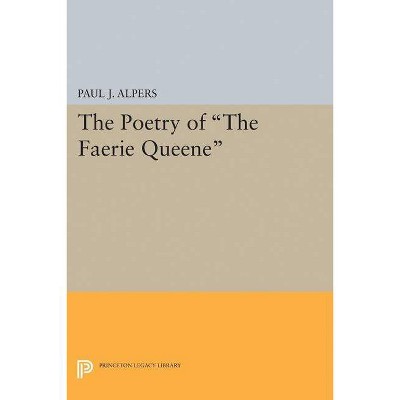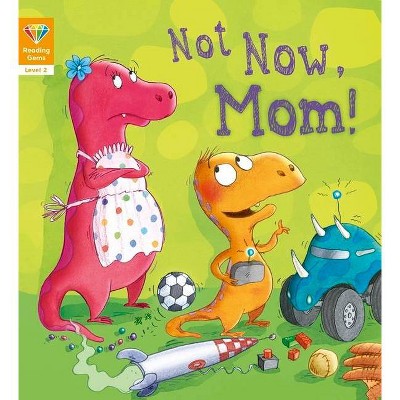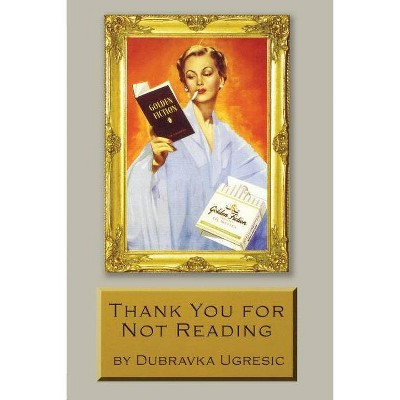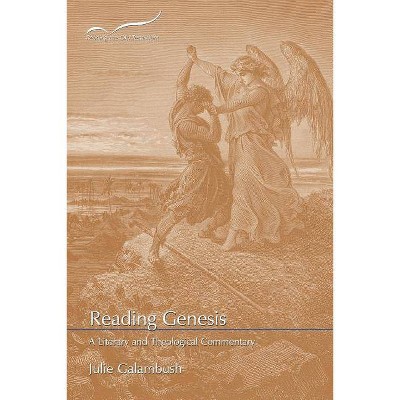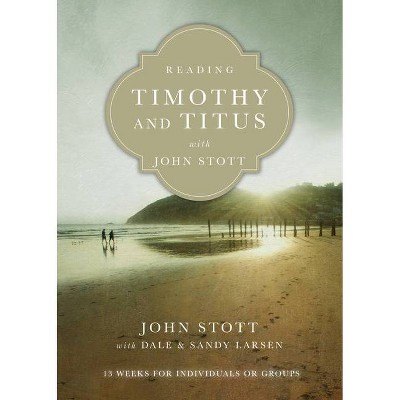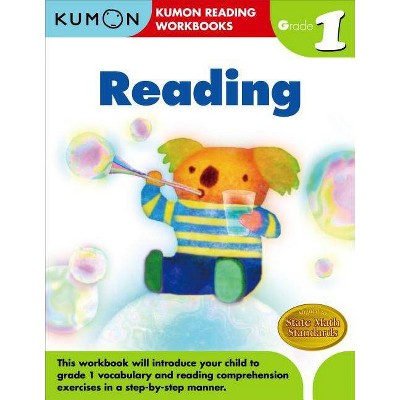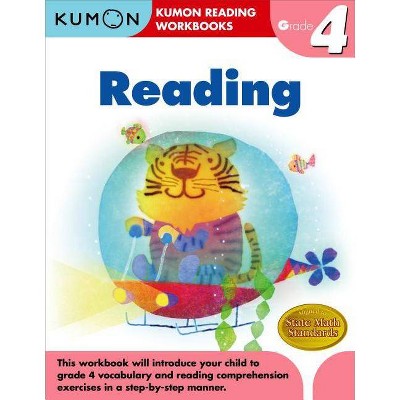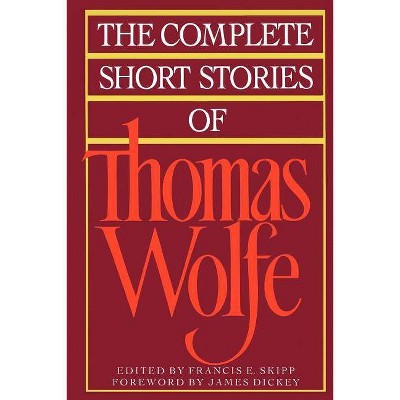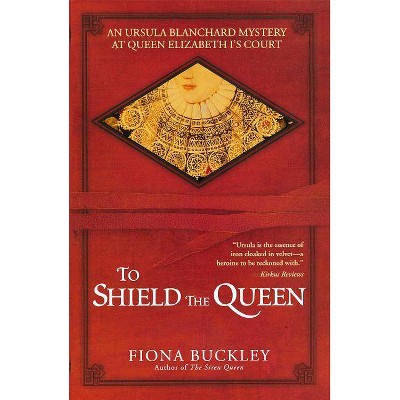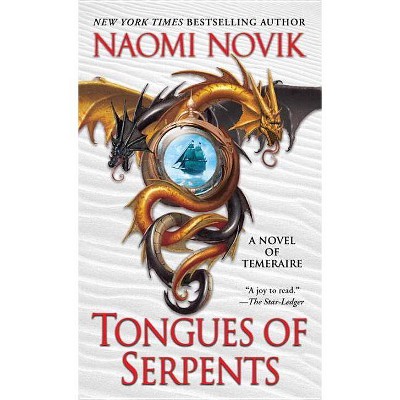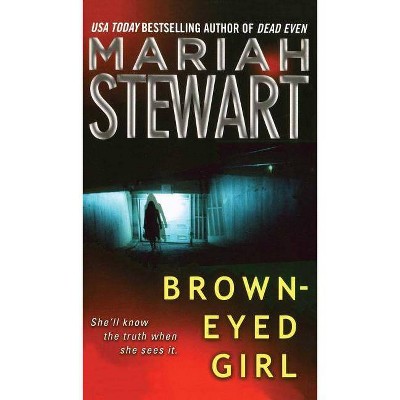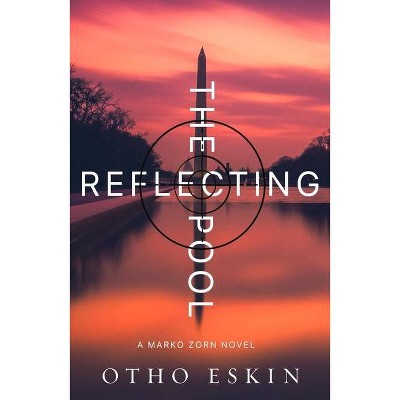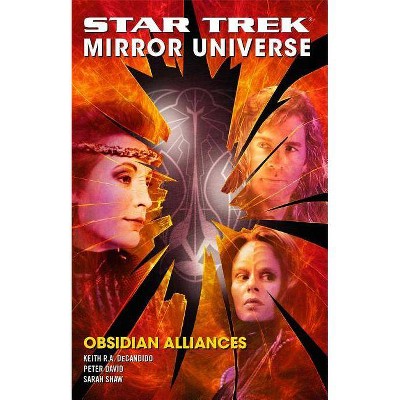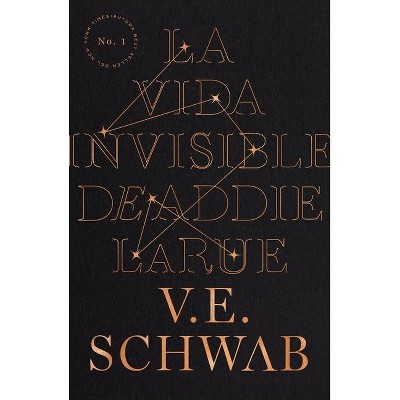Reading and Not Reading the Faerie Queene - by Catherine Nicholson (Paperback)
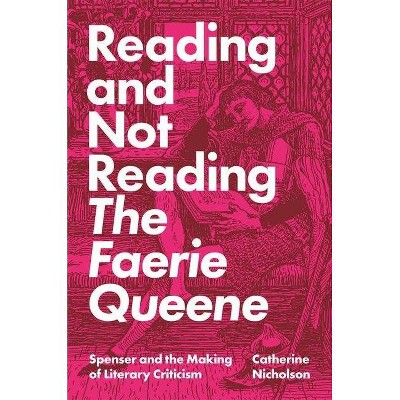
Similar Products
Products of same category from the store
AllProduct info
<p/><br></br><p><b> About the Book </b></p></br></br>"Despite its canonical prestige, Edmund Spenser's epic six-part poem The Faerie Queene (1590-96) has never been easy or altogether pleasurable to read. As this book describes, the poem's first known reader, Spenser's friend Gabriel Harvey, did so under duress, and returned the manuscript with a plea that Spenser write something else instead. Virginia Woolf's tongue-in-cheek advice to twentieth-century readers eager to cultivate a taste for The Faerie Queene-"The first essential is, of course, not to read The Faerie Queene"-sums up a tradition of readerly resistance to the poem. As a consequence of its difficulty, the poem has an extraordinary capacity to induce doubt in readers-about Spenser, about themselves, and about the enterprise of reading itself. Each of the six chapters in Nicholson's book considers the poem through the lens of a different readership: scholars; schoolchildren; compilers of commonplace books, who value specific elements about the poem; Queen Elizabeth, the ostensible subject of the poem; and readers who, across the centuries, ultimately failed to understand the poem. Rather than tell us how to read Spenser's work, Nicholson describes how these individual readers, from learned scholars to precocious schoolboys, jealous queens to algorithmic search engines, have generated meaning and pleasure from an unusual and difficult text. Throughout, the author argues that that The Faerie Queene can be read not simply as literature but as literary theory, a reflection on what reading does to texts, readers, and the worlds they live in"--<p/><br></br><p><b> Book Synopsis </b></p></br></br><p><b>The four-hundred-year story of readers' struggles with a famously unreadable poem--and what they reveal about the history of reading and the future of literary studies</b> <p/>I am now in the country, and reading in Spencer's fairy-queen. Pray what is the matter with me? The plaint of an anonymous reader in 1712 sounds with endearing frankness a note of consternation that resonates throughout <i>The Faerie Queene'</i>s reception history, from its first known reader, Spenser's friend Gabriel Harvey, who urged him to write anything else instead, to Virginia Woolf, who insisted that if one wants to like the poem, the first essential is, of course, not to read it. For more than four centuries critics have sought to counter this strain of readerly resistance, but rather than trying to remedy the frustrations and failures of Spenser's readers, Catherine Nicholson cherishes them as a sensitive barometer of shifts in the culture of reading itself. <p/>Indeed, tracking the poem's mixed fortunes in the hands of its bored, baffled, outraged, intoxicated, obsessive, and exhausted readers turns out to be an excellent way of rethinking the past and future prospects of literary study. By examining the responses of readers from Queen Elizabeth and the keepers of Renaissance commonplace books to nineteenth-century undergraduates, Victorian children, and modern scholars, this book offers a compelling new interpretation of the poem and an important new perspective on what it means to read, or not to read, a work of literature.</p><p/><br></br><p><b> Review Quotes </b></p></br></br><br>This is an original and challenging book. Nicholson has mastered the complex history of Spenser criticism, and her supple, pointed prose carries its learning easily: Keats's advice to Shelley, 'Load every rift with ore' (which, she points out in a fine passage, reworks Mammon's to Guyon), might describe her own language. It's major work, fascinating in its account of Spenser's readers and acute in its understanding of the poem.<b>---William A. Oram, <i>Modern Language Quarterly</i></b><br><br>In tapping <i>The Fairie Queene</i>'s history of undisciplined reading, Nicholson has helped to thaw some of the marmoreal frigidity with which twentieth century scholarship not infrequently imbued the poem. (Paradoxically, she has done so without herself sacrificing an iota of rigor.) Spenser himself might well have appreciated the project.<b>---Raphael Magarik, <i>MAKE Magazine</i></b><br><p/><br></br><p><b> About the Author </b></p></br></br><b>Catherine Nicholson</b> is associate professor of English at Yale University and the author of <i>Uncommon Tongues: Eloquence and Eccentricity in the English Renaissance</i>.
Price History
Cheapest price in the interval: 22.99 on November 8, 2021
Most expensive price in the interval: 29.99 on October 23, 2021
Price Archive shows prices from various stores, lets you see history and find the cheapest. There is no actual sale on the website. For all support, inquiry and suggestion messagescommunication@pricearchive.us
